HHPs and Ecotoxicity
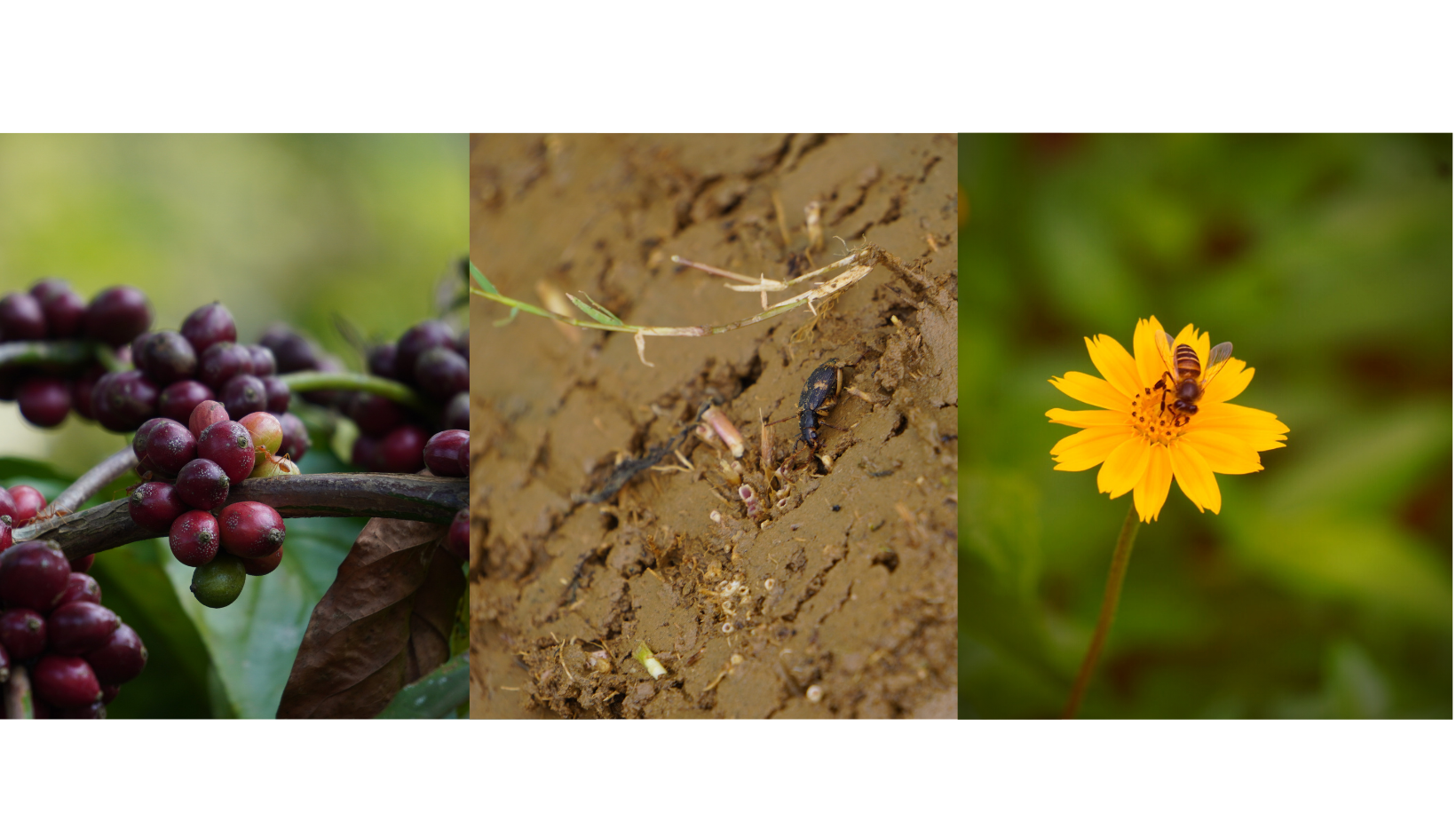
Photo credit: Anju Babu, Thanal
The pollutants that enter our environment through many sources are severely contaminating it. The detrimental environmental effects are further amplified by the use and mishandling of hazardous chemicals. The widespread use of hazardous pesticides due to intensive farming methods has made them a serious danger to the ecosystem. By penetrating into deeper soil layers, pesticides contaminate ground water, enter deeper soil layers, and reach deeper water sources. The deterioration of biodiversity caused by the overuse of pesticides pose a hazard to the survival of several birds, animals, and aquatic species. Environmental hazards associated with pesticides include soil and water contamination, reduced biodiversity, and the emergence of pesticide-resistant pests. Pesticides can persist in the environment for years, affecting not only the target pests but also non-target organisms, such as beneficial insects, wildlife, and aquatic organisms. Pesticide use can also alter soil biodiversity and nutrient cycling, leading to soil degradation and reduced land productivity.
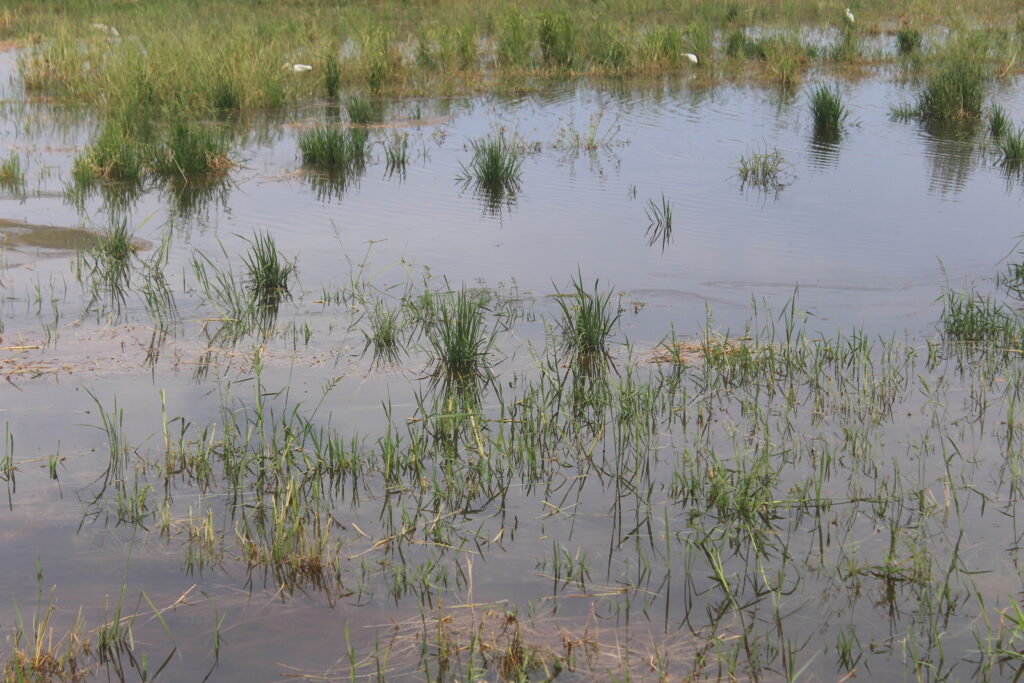
Polluting our water..
Studies and research from many regions of India have revealed that pesticides and heavy metals persist in groundwater and drinking well water at levels that can be detected. Groundwater samples taken from domestic wells, canals used for drinking and irrigation in Aligarh were found to have organochlorine and organophosphorus pesticide residues (Ray, 1992). HHPs are potentially poisonous to both the fungi and algae that make up soil-dwelling organisms. In their research in South Africa, Reinecke et al. (2008) found that organic vineyard soil had higher levels of soil organism feeding activity than conventionally treated locations.
Leaching into soil…
Several of the HHPs registered in India are highly persistent in soil, water bodies or are bioaccumulative in nature. 12 HHPs in India are highly persistent in soil, air and water bodies. The rate at which a pesticide breaks down in the soil, or its half-life, is used to determine the ability of persistence of a pesticide. The ability of a pesticide to leach into soil increases as long as it is in its stable state in the soil. The amount and timing of rainfall and irrigation, the slope or grade of an area, the texture, and moisture content of the soil, determines the intensity of pesticide runoff. Hazardous herbicide runoff can cause severe injury to nontarget plants. In addition, these pesticides rapidly volatilize from the soil and the likelihood of breathing them in may arise as a result.
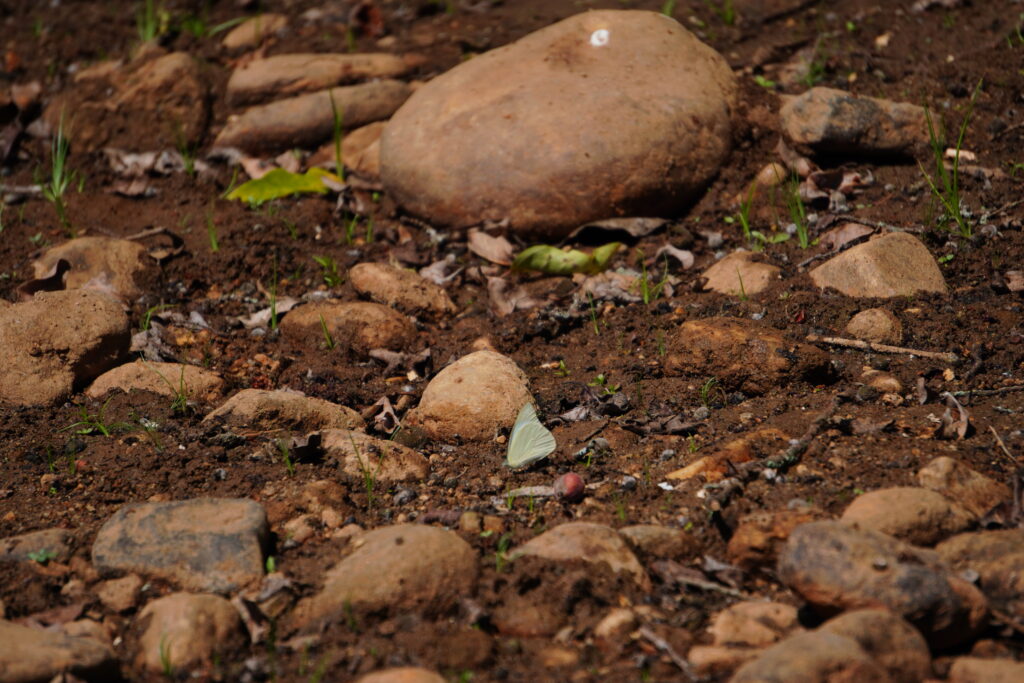
HHPs and wildlife
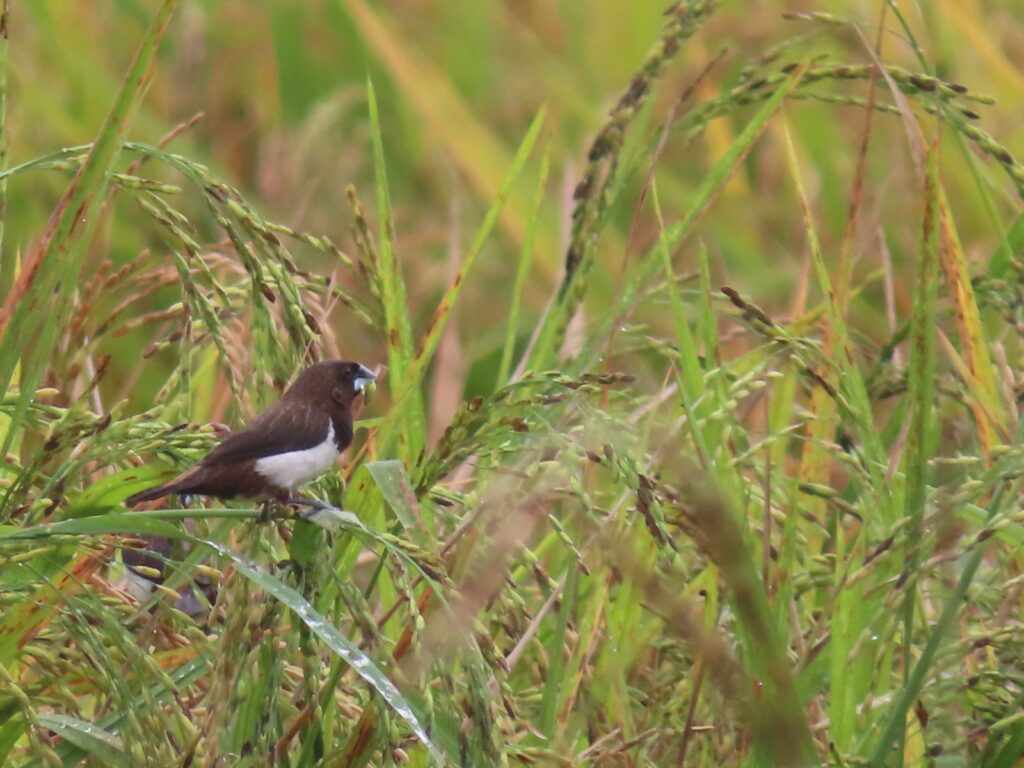
Animals are exposed to pesticides either directly or through contaminated supplies, wherein toxins accumulate. Since the majority of pesticides are lipophilic, they build up in animal bodies, milk and other fatty tissues. As a result, pesticide residues in milk are an obvious sign of pesticide exposure. It is becoming more and more concerning because milk samples taken from various parts of the nation contain more and more pesticide residues (ICMR, 2001). Pesticides have a substantial impact on many organisms’ behaviour, physiological balance, and structural makeup. According to Yang et al. (2008), pesticides like imidacloprid have had a significant impact on bees’ foraging behaviours. Physiological abnormalities and a sharp drop in the population of Bald eagles in the US have been caused by the accumulation of DDT and its metabolites in their tissues (Liroff 2000). Bioaccumulation of pesticides is the gradual increase of pesticides in living organism with repeated exposure or prolonged exposure. 9 HHPs in India are found to be highly bioaccumulative. Apart from bioaccumulation, they are also directly toxic to many organisms, especially aquatic organisms, where water is contaminated by pesticide runoff. 15 HHPs registered in India are found to be severely toxic to aquatic organisms.

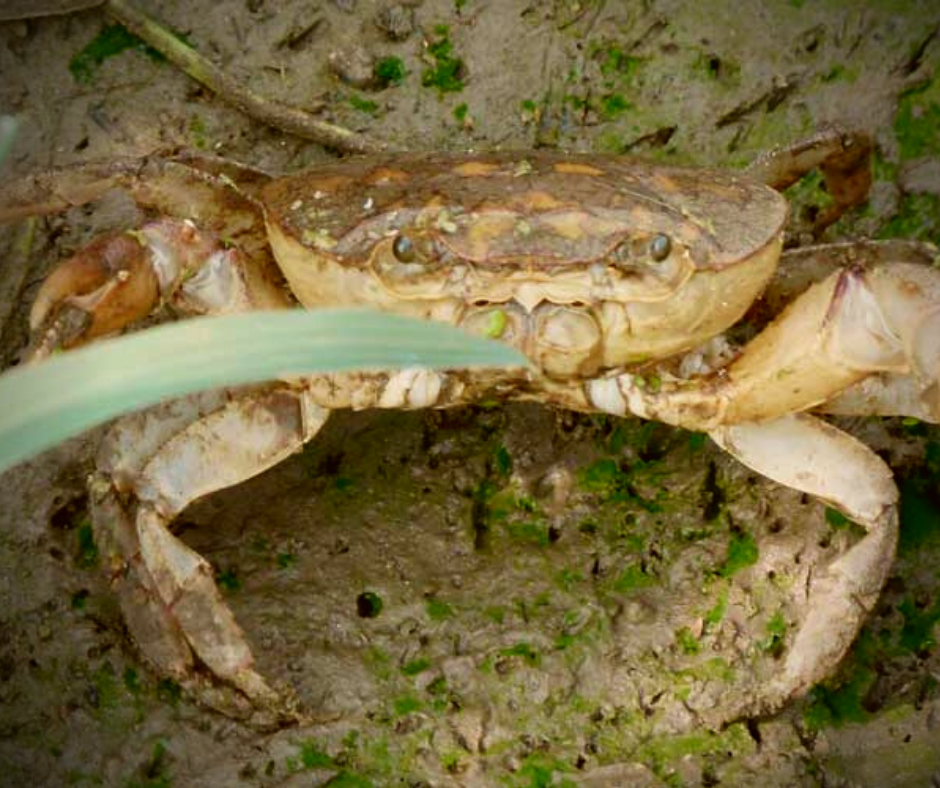
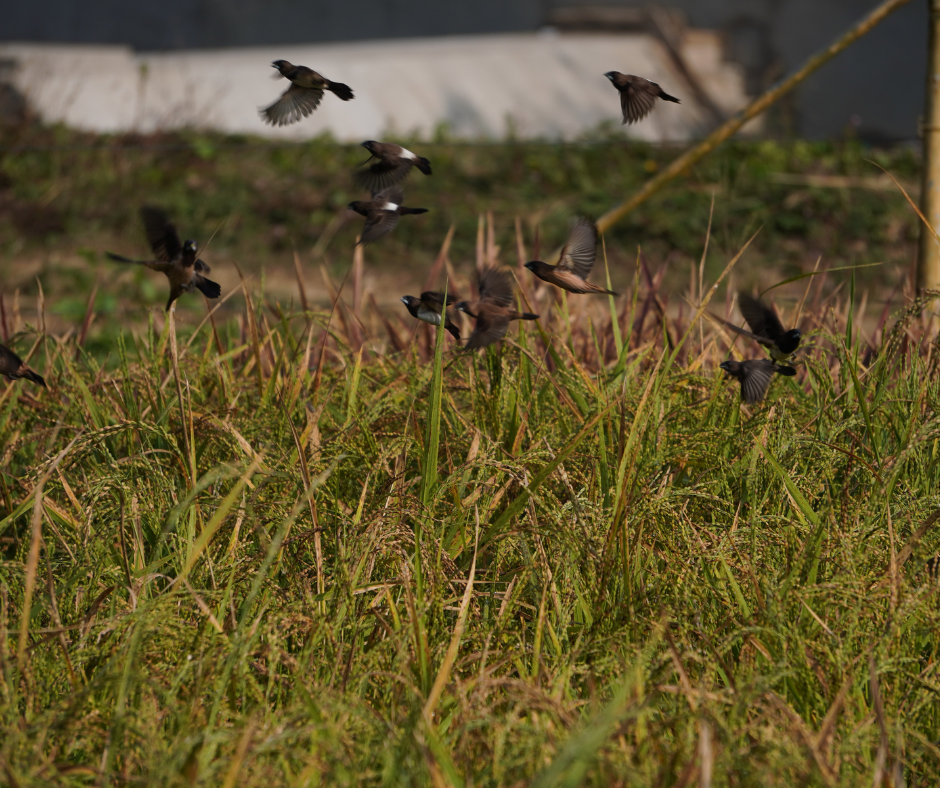
References
Liroff, R. A. (2000). Balancing risks of DDT and malaria in the global POPs treaty. Pestic Safety News, 4(3).
Ray, P. K. (1992). Measurement of Ganga river quality-heavy metals and pesticides. Project report, Industrial Toxicology Research Centre, Lucknow, India.
Reinecke, A. J., Albertus, R. M. C., Reinecke, S. A., & Larink, O. (2008). The effects of organic and conventional management practices on feeding activity of soil organisms in vineyards. African Zoology, 43(1), 66-74.
Yang, E. C., Chuang, Y. C., Chen, Y. L., & Chang, L. H. (2008). Abnormal foraging behavior induced by sublethal dosage of imidacloprid in the honey bee (Hymenoptera: Apidae). Journal of economic entomology, 101(6), 1743-1748.
